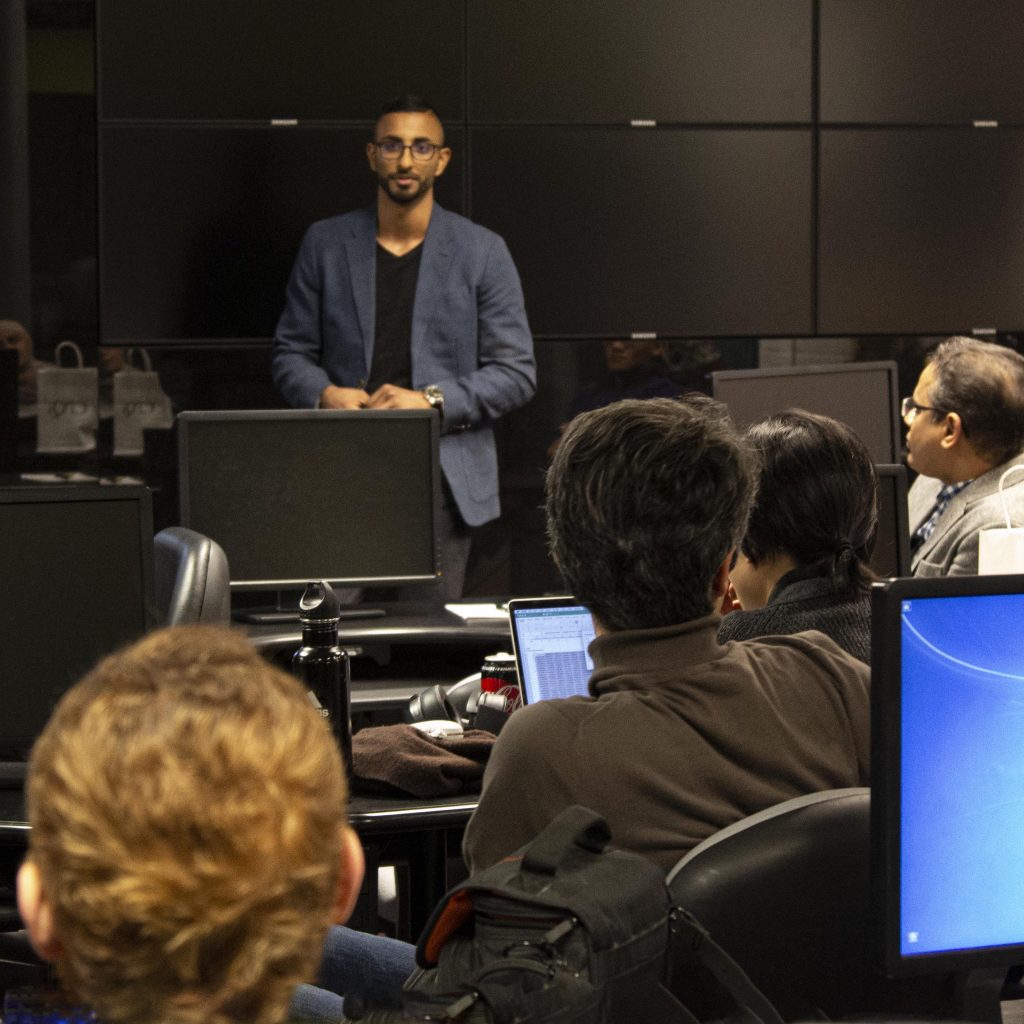
Are smart intersections the first step to smart cities?
With traffic volume increasing every day, it is a challenge for traffic analysts to study signalling at intersections. Miovision’s representatives, Salman Ladha and Sajad Shiravi addressed this issue as a part of the UT-ITE seminar “Data Driven Smart Cities” held on October 4. The two were pleased to welcome a wide variety of attendees at the seminar.
Salman Ladha, the product head of Miovision, began the session by introducing the company and their goal. Miovision’s mission is to develop a new and better way to collect traffic data. Salman also mentioned that they are working on ways to improve traffic safety using Artificial I Intelligence (AI). Their major focus is on collecting road intersection data efficiently with the help of advanced detection techniques.
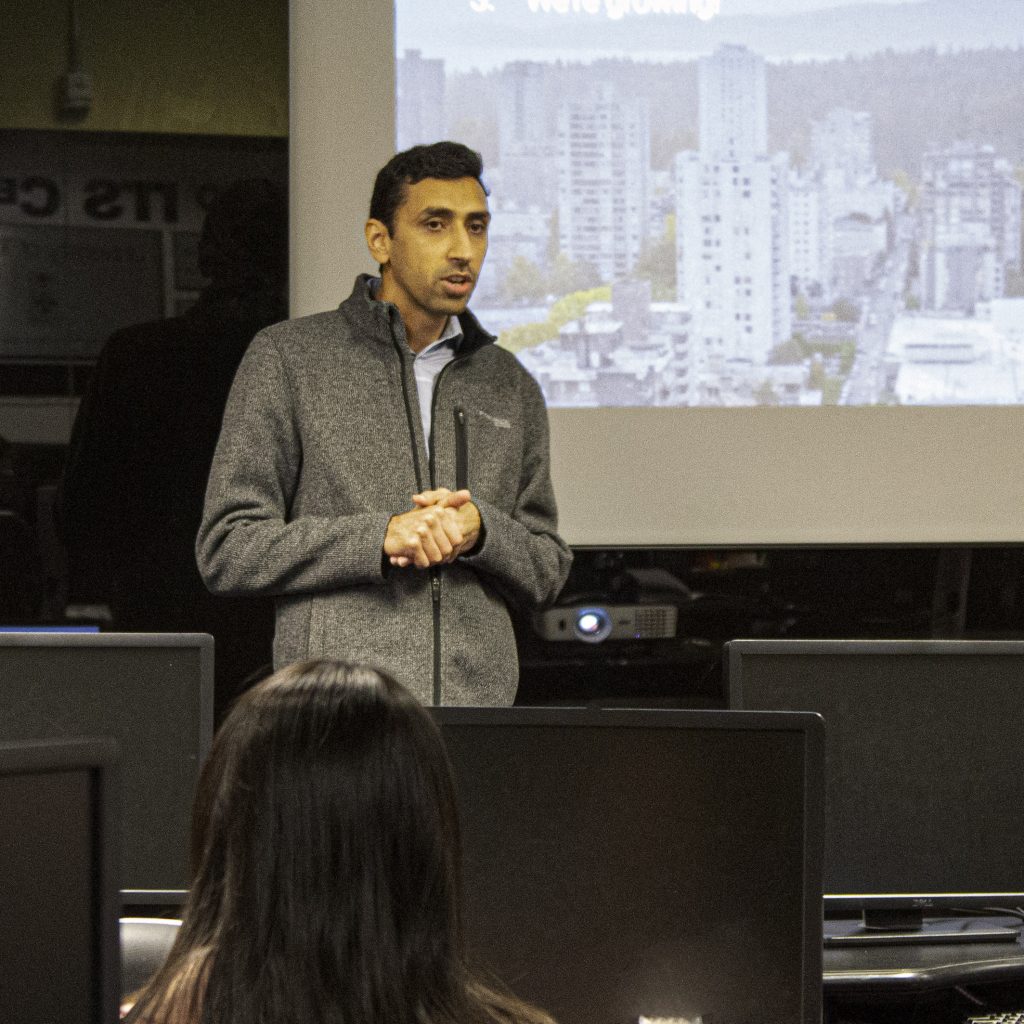
The second half of the seminar was led by Sajad Shiravi, who works with Automatic Traffic Signal Performance Measures (ATSPMs). ATSPMs are a useful tool to identify a healthy intersection. With high resolution traffic data, one can resolve issues related to traffic safety and signal crossing effectively.
Sajad also gave the audience a copy of his book, “Clear Signals” that illustrates the application of ATSPMs.
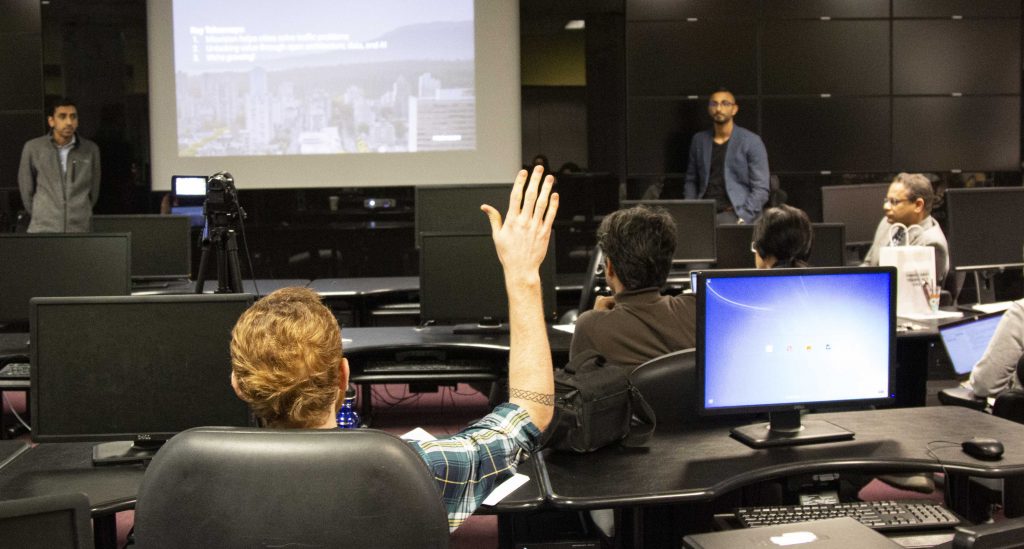
The two interacted with the attendees after the session.
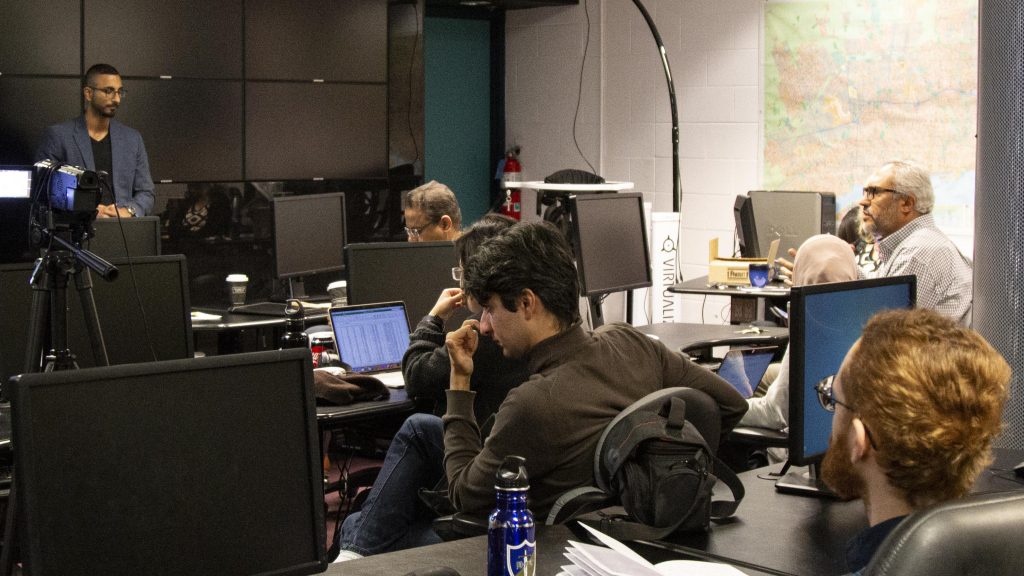
Videorecording of “Data Drive Smart Cities” presentation
A video of the seminar was recorded by UT-ITE with generous permission of the presenters.
Abstract
IoT in the traffic network has enabled a significant increase in the volume and quality of data that is available at the user’s disposal. Coupled with cloud computing technology the data is available both in real-time and stored as historical data for future applications. However, without incorporating the data into the traditional traffic engineering workflows the full potential of the data may not be realized in improving the transportation experience for everyone.
This session is an effort to share how Miovision’s technology can be leveraged to unlock data from traffic cabinets and improve traffic flow within cities. We will discuss the importance of traffic engineers in acquiring data analysis and ITS skill sets to be able to move beyond the traditional ways. We will discuss the opportunities and challenges associated with this shift from the perspective of multiple sectors including the government, engineering companies, cities, academia and the tech sector.
Presenters
Guest presenters were Salman Ladha, Product Marketing Manager and Sajad Shiravi, Senior Traffic Engineering Specialist, Miovision.

As a Product Marketing Manager at Miovision, Salman Ladha draws on his creativity to connect traffic professionals with Miovision solutions. He is passionate about working directly with customers, loves to be out in the field, and is always on the lookout for opportunities to learn from industry experts, on his quest to uncover new ways to deliver on smart city initiatives.
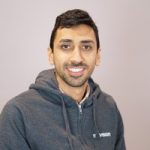
Sajad Shiravi is a senior traffic specialist at Miovision. He holds a bachelors and masters degree in Civil engineering. He continued as a research assistant at the University of Waterloo in traffic engineering and joined Miovision more than three years ago. He has been working with ATSPMs for the past few years helping cities incorporate new sources of traffic data into their workflows and works with the product management team in developing new metrics and methods.
Presented by the University of Toronto Institute of Transportation Engineers (UT-ITE) Student Chapter.
